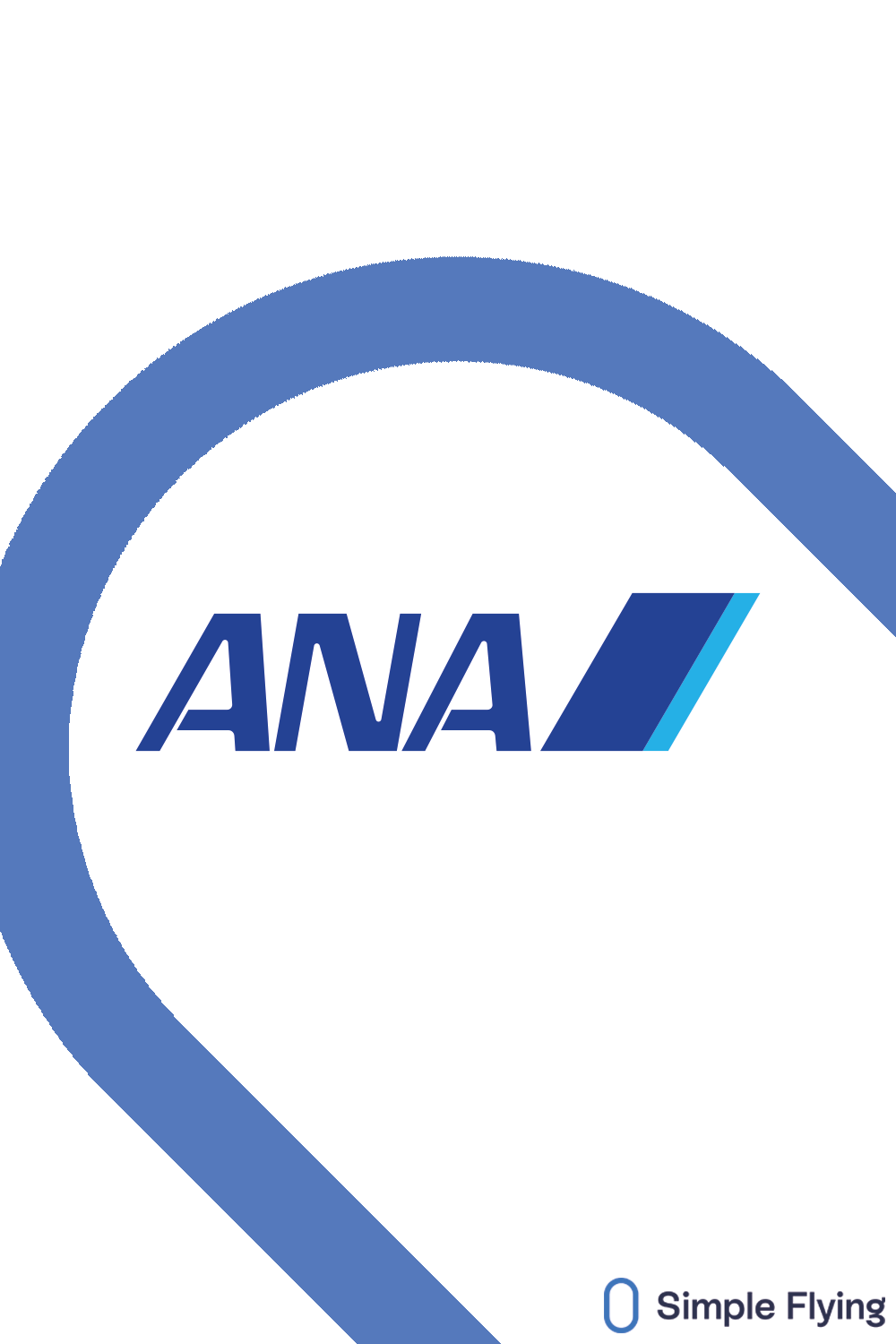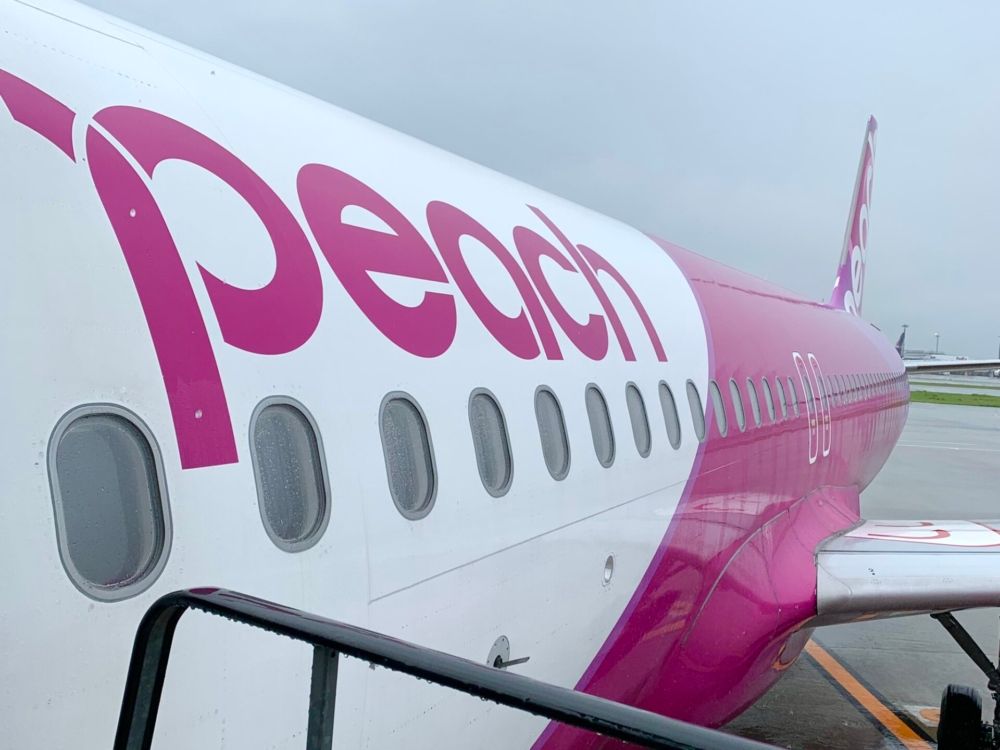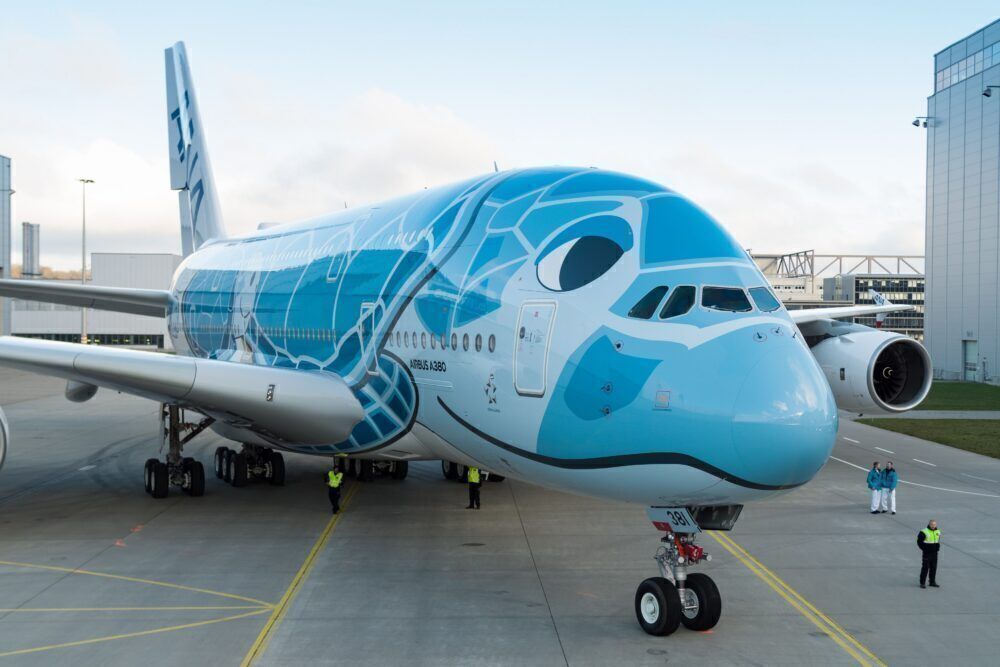Japan's ANA Holdings, owners of All Nippon Airways, has joined the growing list of Asian airlines returning to profitability. In the first quarter of the fiscal year 2022 (the three months ended June 30, 2002), the group produced a profit for the first time in ten quarters, with operating cash flow close to pre-COVID levels.
The tiny profit is a sign of better times ahead
ANA Holdings (ANA HD), which includes All Nippon Airways (ANA) and Peach Aviation (Peach), was established in 2013 as the largest airline group holding company in Japan. ANA was founded in 1952 as a helicopter business, and in its 70-year history has grown to be the largest airline in Japan. Driven by increased domestic and international passenger demand, Q1 group revenue increased by ¥151.5 billion to ¥350.4 billion ($2.62 billion). Operating expenses grew to ¥351.7 billion ($2.63 billion), resulting in an operating loss of ¥1.3 billion ($9.7 million), although other income turned this into a net profit of ¥1 billion ($7.48 million). This compares to a Q1 2021 net loss of ¥51.1 billion ($382 million).
EVP and group chief financial officer Kimihiro Nakahori said the group is "pleased to see the results of the first quarter," which contained increased revenue from all business segments. Apart from airlines and cargo, these segments include onboard ancillary revenue, travel services, lounge operation and retail services. Nakahori added:
"These results are a demonstration of the committed efforts by the global ANA team and help to position us to meet our customer's needs amid this challenging operating environment."
ANA was a launch customer and is the largest operator of the Boeing B787 Dreamliner. According to ch-aviation.com, ANA has 36 B787-8s, 39 B787-9s and two B787-10s, with nine B787-9s on order. Its fleet of 235 aircraft also includes Boeing B737s, B767s and B777s. It also has three Airbus A380-800s, painted in the very colorful Sea Turtle liveries, with currently only one in service on routes between Tokyo Narita International Airport (NRT) and Honolulu's Daniel K. Inouye International Airport (HNL). Other Airbus aircraft flying with ANA are the A320neo, A321ceo and A321neo.
Discover more aviation news here!
Air Transportation services produced ¥314.2 billion ($2.349 billion), with 32% coming from ANA domestic operations. International services are recovering, particularly between Asia and North America, contributing 20% of revenue. Cargo earned 30% of revenue, low-cost carrier Peach contributed 5%, and the balance came from related services. Load factors on Domestic reached 54%, International 71%, and Peach lifted loads to 67%, up from 47% in Q1 2021.
The pathway to net-zero 2050
This week ANA released its transition strategies to accelerate decarbonization and reduce aircraft emissions to net zero by 2050. ANA listed several areas it will focus on:
- Replacing 10% or more of its fuel consumption with sustainable aviation fuel (SAF) by 2030 and switching almost all of it to SAF by 2050.
- Using Negative Emissions Technologies, such as Direct Air Capture, to remove CO2.
- Offsetting CO2 emissions by purchasing emission credits in businesses outside the aviation industry.
- Working with Boeing on developing and utilizing sustainable technologies in Japan, including electric, hybrid, hydrogen and other novel systems.
- A joint research project with Airbus for the development of hydrogen aircraft and infrastructure.
ANA plans to issue 'Green Bonds' under a Green Bond Framework, although the amount of money to be raised will be decided later. It will use the proceeds to procure SAF and invest in projects and companies aimed at increasing SAF availability and the utilization of negative emissions technologies.
With both ANA and Japan Airlines making a Q1 profit, is it safe to say Japan aviation is on the way back?

-JA792A-Pace.jpeg)


